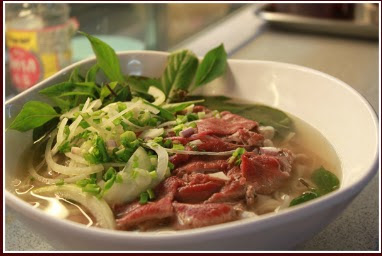There are approximately 50 major grapes used to make red
wines. The particular variety utilized has
a tremendous influence on the wine’s color, especially when the wine is young. (As wine ages it changes color,
however, for the purpose of this article, to keep a level play field
all comments will be related to young wines.
Additionally, the climate in which the grape is grown also impacts the wine’s
color. For the sake of this article,
neither of these variables will not be addressed).
The color of a red wine is directly related to the
amount of plant pigmentation in the grape’s skin. In general, thicker skin grapes such as
Cabernet Sauvignon have much more pigment than the delicate thin-skinned grapes
of Pinot Noir. This is why a Cab is much
darker in color than a Pinot. But,
thickness of skin does not always determine the color of a wine. The amount of color pigment is the
determinant.
Syrah is the darkest colored red wine. In fact its deep purple-black is so intense
that it’s opaque (unlike the lighter Pinot Noir that is transparent). In the case of Syrah, yes the grape’s skin is
thick, however, it’s not the thickest of all grape skins. Syrah simply has an enormous amount of plant
pigmentation in its skins, thus its inky nearly black color.
Mouvedre (a Rhone varietal), Malbec (from Argentina)
and Petite Syrah (no relation, by the way, to Syrah), fall just shy of Syrah’s
super deep pigmented color. All of these wines, like Syrah, are so dark that
they’re opaque. The grapes from which
these wines are made are all loaded with dark plant pigments.
Next in line moving down the color spectrum is
Cabernet Sauvignon. Cab makes fairly deeply
colored wine, but not as intense in color as the above varietals. Not far behind Cab in almost in the dead
center of the red color range is Merlot.
Just a little lighter than Merlot, Zinfandel falls next. Zin’s
color is a surprise. Compared to its
tannins and high acidity which creates a bold wine, Zin’s color is less intense
than one would expect from the strength of its taste. Also sharing
this middle spot of the red color wheel is Spain’s flagship grape, Tempranillo,
along with Sangiovese from Italy.
At the bottom of the red range are the lightest colored
wines. Pinot Noir is generally the
lightest, however, Grenache is also a grape with significantly fewer plant
pigments. Grenache, a Rhone varietal, is
typically mixed in France with the extremely dark Syrah. Pinot, however, is often vinified alone and
appreciated for its light strawberry-colored hue.
There are at least 50 shades of red. Enjoy.










